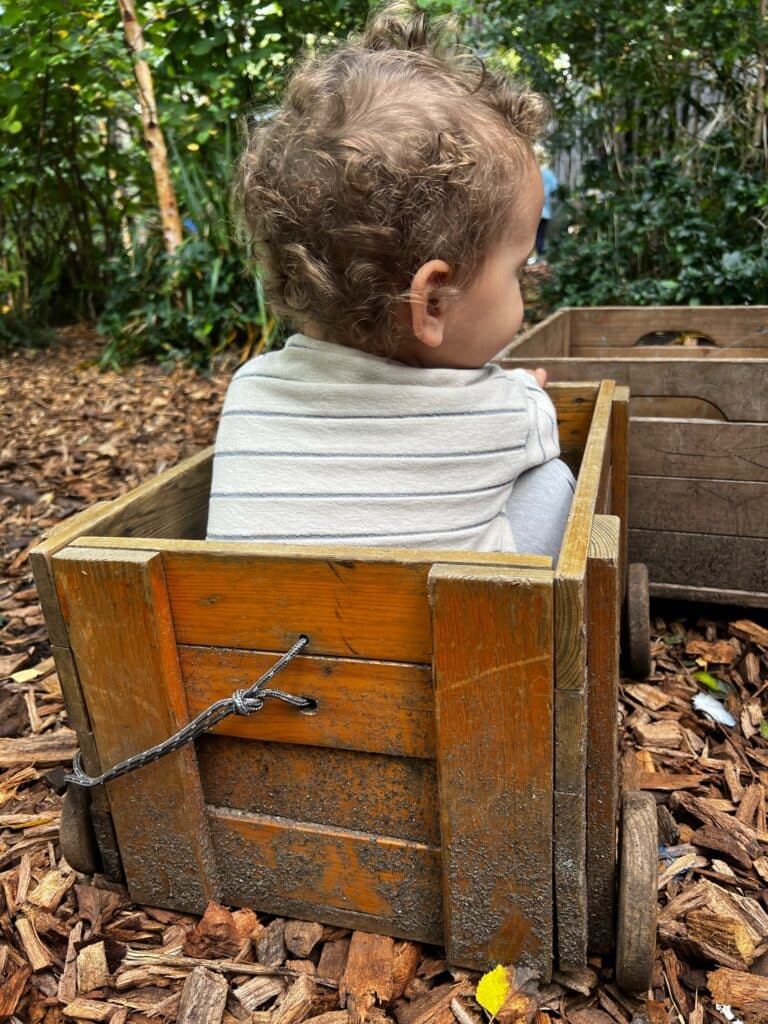

By enabling an environment where natural schemas can be explored your child will have the opportunity to learn in a way that interests them, where they are more likely to engage and achieve deep levels of learning. For example, if we notice your child has a trajectory schema we can set up an environment rich with bean bags and buckets, water for pouring, opportunities for jumping etc.
Schemas give us clues about how children view the world and how they learn.
For example, a child who enjoys lying on their back, looking at things through their legs, or putting their head flat on the floor when playing with toy cars is probably demonstrating an orientation schema.
There are many known schemas, but most commonly talked about are the following nine:
Enclosing
Orientation
Trajectory
Positioning
In 2024 Young Friends Kindergarten will undertake the SchemaPlay accreditation.

Young Friends Kindergarten
89 Holland Road
Hove
East Sussex
BN3 1JP
t: 01273 735 100
e: enquiries@youngfriends.co.uk